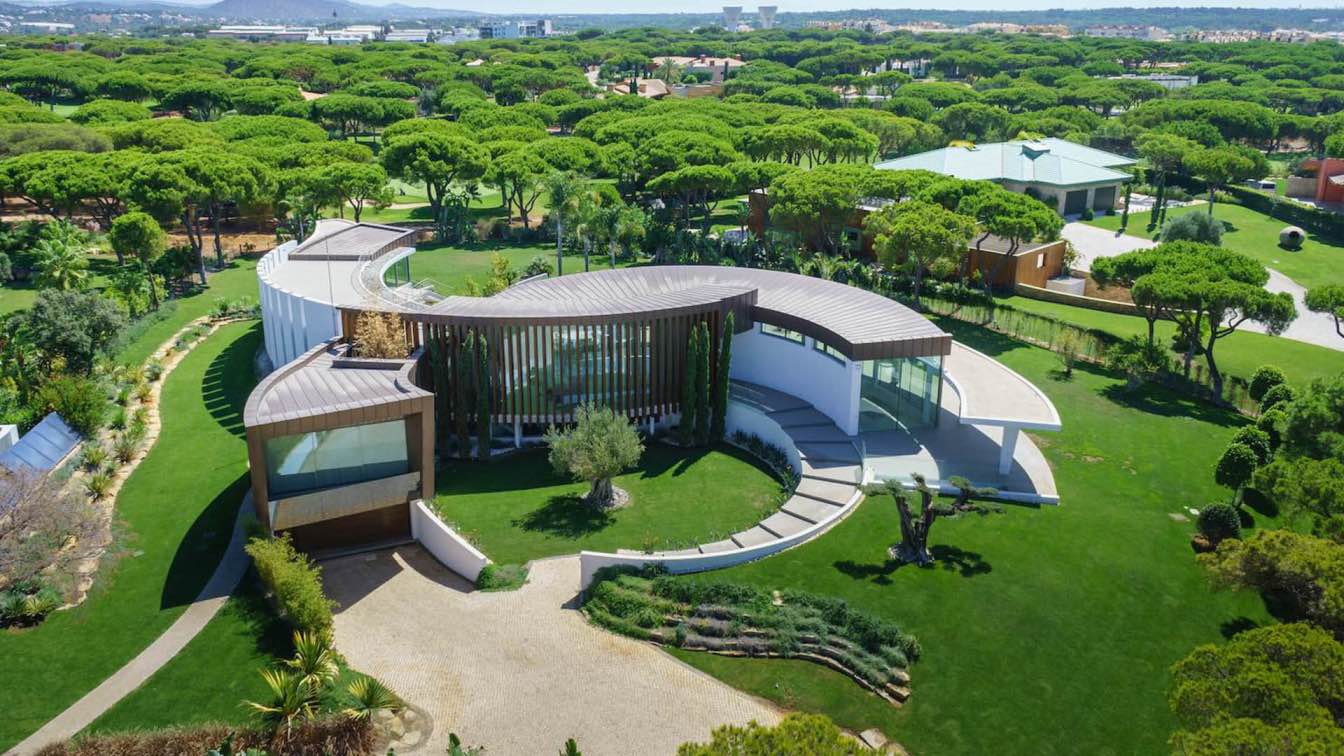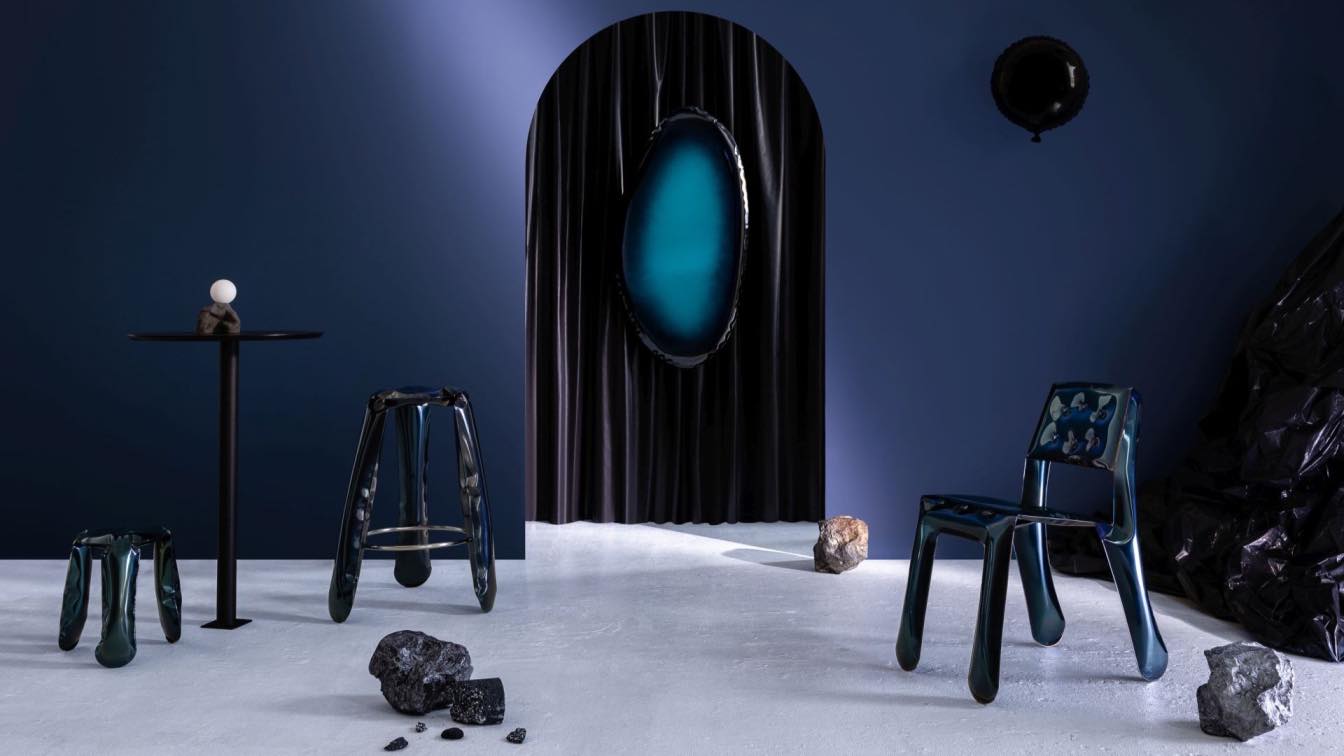In an era where architecture and design merge to create aesthetically pleasing and highly functional environments, the importance of efficient electrical infrastructure cannot be overstated. Modern architectural spaces, from high-rise buildings to residential homes, demand a seamless integration of design, technology, and sustainability.
One of the most critical components in this integration is the electrical infrastructure that powers these spaces. Among the key elements in this system are medium-voltage transformers, which play a pivotal role in ensuring efficient and safe building operations. By choosing high-quality electrical components, architects and designers can significantly elevate the performance and longevity of modern spaces.
The Convergence of Architecture and Technology
As architectural trends evolve, so do the demands placed on our spaces. Today's designs are not only about aesthetics but also about functionality and sustainability. The electrical infrastructure is at the heart of this evolution, from smart homes to energy-efficient commercial buildings. It powers everything from lighting and HVAC systems to the increasingly complex automation systems that enhance our daily lives.
A well-designed electrical infrastructure ensures a space can operate smoothly, supporting its occupants while minimizing energy waste. At the center of this are transformers, which regulate voltage and ensure that energy is distributed efficiently. Medium-voltage transformers are especially crucial in modern spaces, as they manage the substantial electrical loads required by larger buildings without compromising energy efficiency.
The Role of Medium-Voltage Transformers in Modern Spaces
Medium-voltage transformers are often the unsung heroes in modern architectural spaces. These devices step down high voltage levels to usable levels, ensuring that buildings receive the appropriate amount of power without overloading the system. The efficiency of these transformers directly impacts not only the safety and functionality of a space but also its overall energy consumption.
For architects and engineers, selecting the right transformer is a critical decision. The choice between different types of transformers, such as dry-type and liquid-filled, can significantly affect the building's performance and maintenance needs. Dry-type transformers, for example, are often preferred in indoor installations due to their fire resistance, low maintenance requirements, and eco-friendly design, making them a popular choice for sustainable projects.
Moreover, incorporating high-quality transformers from reputable manufacturers helps to ensure that the electrical system is built to last. A well-made transformer minimizes the risk of energy loss, overheating, and costly maintenance, allowing architects and designers to focus on the larger vision of the space without worrying about electrical failures.
Efficiency and Sustainability: A Key Consideration
Sustainability is a necessity today. Buildings are increasingly designed to meet stringent energy efficiency standards, such as LEED certification. Efficient electrical infrastructure is vital in meeting these goals and reducing energy consumption and environmental impact.
Medium-voltage transformers contribute significantly to a building's overall sustainability. High-quality transformers are designed to minimize energy losses, which occur as heat when electricity flows through the system. Reducing these losses lowers the building's overall energy use, resulting in cost savings and a smaller carbon footprint.
In addition, dry-type transformers, in particular, offer several advantages in terms of sustainability. These transformers do not use oil, eliminating the risks of potential leaks or spills that could harm the environment. Their eco-friendly design aligns with the goals of modern architecture, which prioritizes environmental responsibility and the use of green materials wherever possible.
Maintenance: Ensuring Longevity and Efficiency
Choosing the right transformer is only the initial step; a maintenance plan is equally important to ensure long-term efficiency and safety. Transformer maintenance is essential for prolonging the life of the electrical infrastructure and preventing unexpected failures. Regular inspections can detect issues early, allowing for timely repairs or replacements before they escalate into larger problems.
Reputable manufacturers, such as ELSCO, provide detailed guides on maintaining dry-type transformers, offering valuable insights into best practices for ensuring these vital components continue functioning efficiently over time. Their guides highlight the importance of regular cleaning, inspecting insulation systems, and monitoring temperature controls to avoid overheating, all of which are crucial for the transformer's longevity.
Proper maintenance also improves energy efficiency. A well-maintained transformer operates more effectively, reducing energy waste and keeping the building's electrical system running smoothly. In a world where energy costs are rising and environmental concerns are becoming more pressing, ensuring that electrical infrastructure remains in optimal condition is more important than ever.
Transforming Design Aesthetics With Efficient Infrastructure
Efficient electrical infrastructure does more than power a building—it also significantly enhances the overall design aesthetic. Modern architecture increasingly emphasizes clean lines, minimalism, and open spaces, relying on hidden yet effective electrical systems. Medium-voltage transformers and other electrical components must be integrated into the design without compromising the building's visual appeal.
High-quality electrical infrastructure allows architects to push the boundaries of design by creating beautiful and functional spaces. With the right components in place, designers can incorporate features such as large glass facades, expansive lighting setups, and advanced automation systems that would be impossible without an efficient electrical backbone.
The Future of Modern Spaces
As we look to the future of architecture, the importance of efficient electrical infrastructure will only continue to grow. Medium-voltage transformers are a critical component in this equation, enabling modern spaces to function safely, efficiently, and sustainably. By selecting high-quality electrical components and ensuring proper maintenance, architects and designers can create spaces that meet today's demands and are prepared for tomorrow's challenges.
Whether designing a sleek office building or a sustainable residential development, the role of electrical infrastructure must be considered. It is the foundation upon which modern spaces are built, transforming their functionality and aesthetic appeal.





